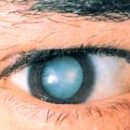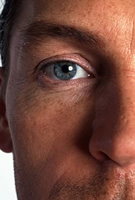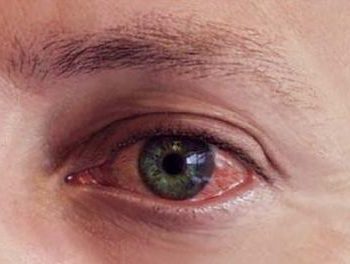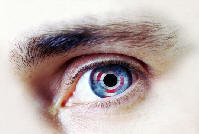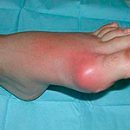Once you rubbed your eyes and felt bulging in the eyelids. «Barley - not barley?» - puzzled you. If the bump does not hurt or almost does not hurt, to restore the ophthalmologist. After all, this shorter may be anything else like a halazion. Read more about this ail in this article.
Content
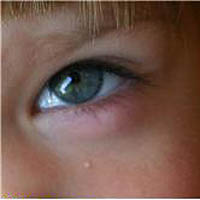 You have lost your eyes and felt an elastic formation of an elastic formation of the size of a large gradder, the skin above it is mobile, touch is almost painless or cause a very minor pain. «What it suddenly happened to the eye?», - perplex you.
You have lost your eyes and felt an elastic formation of an elastic formation of the size of a large gradder, the skin above it is mobile, touch is almost painless or cause a very minor pain. «What it suddenly happened to the eye?», - perplex you.
This is a Halazion (Grandina) - proliferative chronic inflammation of the Maby. It is a small swelling of the century, caused by the blockage of the modified saline (Mabomiyeva) Iron of Century.
Halazions can appear on both centuries, causing redness, swelling and pain in some cases. Developing a halaezion after barley, supercooling, but more often without visible causes.
Even if you first hear this name - a halazion, this disease is not so rare - it is 7.4% in the overall structure of the disease. Fear that it will be transmitted to someone from loved ones, it is not worth it - it is not in.
But it should be treated at least because otherwise this «hailstone» all the time will disturb you, cause the desire to lose eye. And in the case of redness of the eyes and looks at all.
Communion approaches to the treatment of a halazion
Known conservative and operational approach to the treatment of a halazion. A conservative approach involves local use of resorption ointments, physiotherapeutic measures, the introduction to the cavity of the colasion of corticosteroids of prolonged action.
Operational treatment is to remove the pathologically modified edge of the gland, excision of the capsule, the overlapping of the tight dressing. Halazion surgery usually does not represent difficulties and refers to a number of operations performed outpatient.
However, as with other surgical interventions, when removing a halazion, complications are possible (infection, bleeding, etc.). After surgery, patients are supervised.
Famous methods of treatment are often ineffective due to the recurrence of the process. In modern ophthalmology, laser treatment technologies have received widespread development. Their advantage is in bloodless, minimal trauma and asepticity. The choice of treatment techniques is determined by an individual ophthalmologist.

